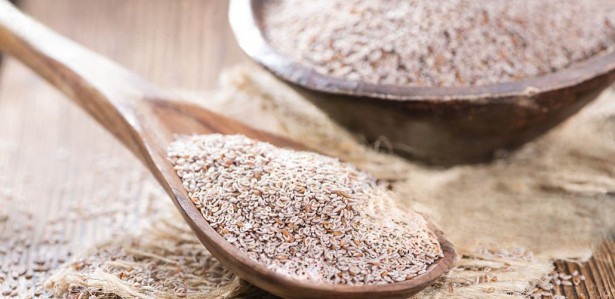Spanish scientist simulates Martian environment at Hypatia mission facility built in US desert | Photo: reproduction instagram hypatia_mars/#
Bye Paulo. Nine Spanish scientists who were part of the “Hypatia” mission, which simulated a stay on Mars in the Utah desert of the United States, have returned from their mission after replicating the extreme conditions of the Red Planet on American soil. Among the adaptation subjects in practice, the researchers were able to live on just 10% of typical water consumption in Catalonia.
The astronauts spent 12 days in inhospitable conditions similar to those found on Mars, ranging from low humidity to extreme temperatures. To do so, they strictly limited their use of water from the tank they carried with them, so that each crew member only got an average of 13.5 liters per day.
By comparison, Barcelona averages 105 liters per citizen. Faced with scarcity, they have to prioritize consumption for hydration and cooking which is detrimental to personal hygiene. During the entire mission, the scientists were allowed to take only three showers.
Astronauts’ routines were divided into sleeping, eating, exploring space, communicating with Earth, and conducting various researches on life on Mars.
One of the members was able to make small batteries for the LED lights using iron from the soil and surrounding rocks and the urine of the team members. Lead lights illuminated the greenhouse in which they grew some soybean sprouts for food, one of the few fresh foods they had access to for more than ten days, in which they survived on a dehydrated diet.
Mission commander, astrophysicist Mariona Patenas, celebrated the amount of data they could work with to contribute to the scientific literature about life on Mars. Although slower than she would have liked, she emphasized that space exploration is inserting a gender perspective into its development, and that the addition of a woman, Christina Koch, to NASA’s Artemis II mission is considered important. The mission aims to send astronauts into lunar orbit next year.
One of Hypatia I’s main missions, says Patenas, was to become a symbol of awakening women’s careers in science and technology, which are still largely masculinized fields. Astronaut Carla Conejo, who was questioned about the differences in the adaptation of men and women, highlighted that there is still little evidence on the subject, but that the Hypatia I mission will allow comparisons between certain variables.
In addition to Badenas and Conejo, astronauts Ariadna Farrés, Laia Ribas, Núria Jar, Neus Sabaté, Cesca Cufí, Anna Bach and Helena Arias participated in the mission, which had a budget of US$ 54,000.
Hypatia II is looking for astronauts by 2025
Hypatia I’s crew confirmed during a press conference that a second mission is planned for 2025.
According to them, young researchers who were on the waiting list this year will be part of the expedition, in addition to other scientists who will be selected in an open public call in the coming months. (Content Estado)
—
Time Reinforces Minas Gerais’ commitment to quality, professional journalism. Our newsroom publishes responsible information you can trust on a daily basis.
Follow along Time at Facebookat Twitter And no Instagram. Help grow our community.

“Internet evangelist. Writer. Hardcore alcoholaholic. Tv lover. Extreme reader. Coffee junkie. Falls down a lot.”



:strip_icc()/s03.video.glbimg.com/x720/12572794.jpg)



More Stories
The UK makes it illegal to use passwords like ‘12345’ on devices; understand
Rights group files case against UK immigration policy
Manta Ray | An autonomous Stingray-shaped drone has completed testing in the US